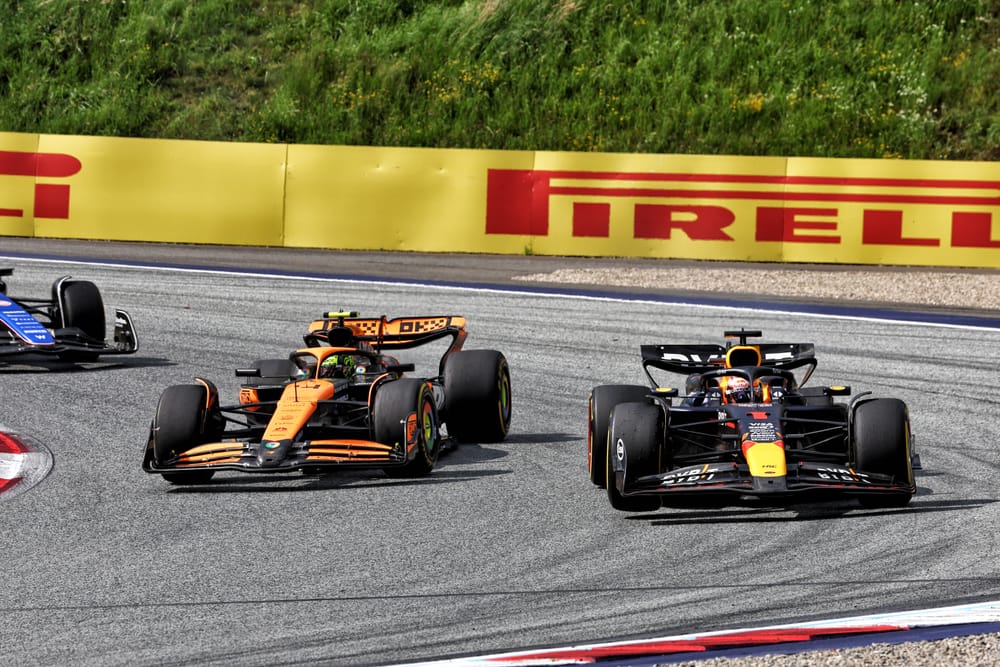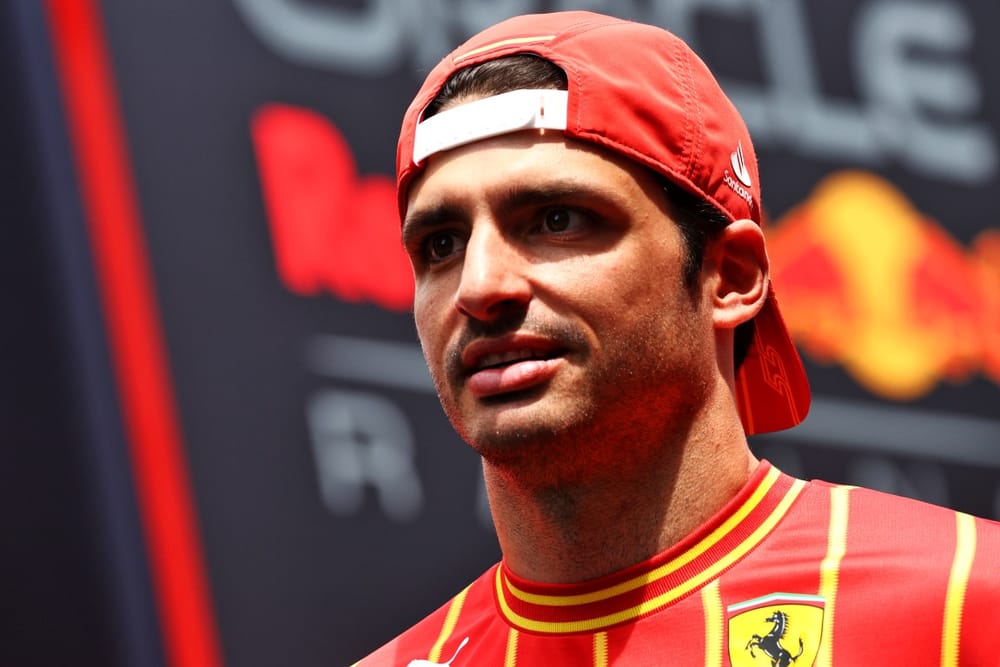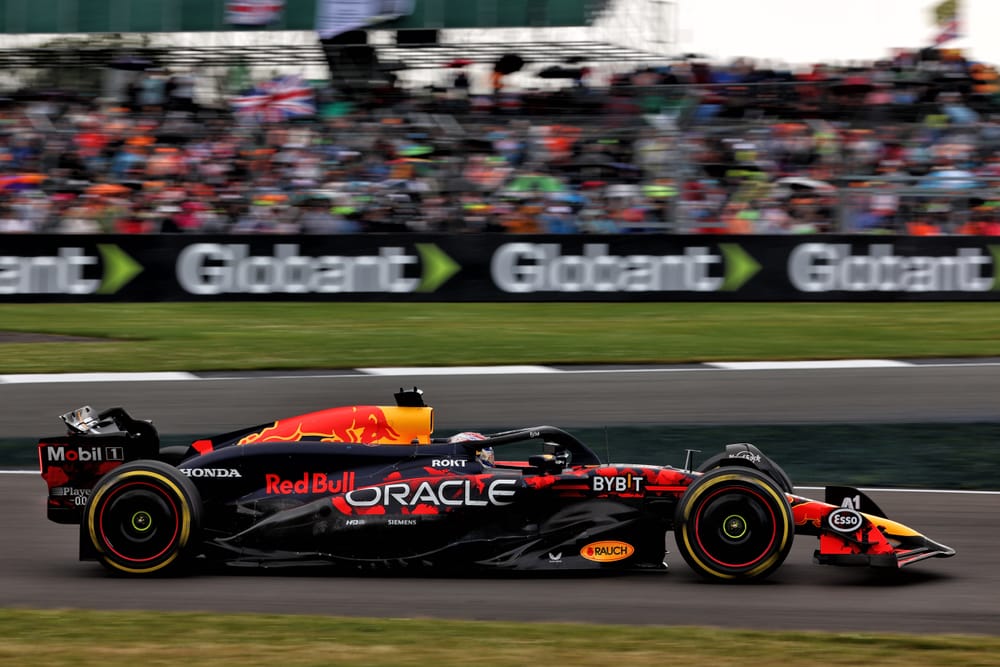Up Next

Whenever there’s a controversial battle on track, the knee-jerk reaction is to create a new rule or modify an existing one, in the slavish pursuit of consistency.
It’s a laudable objective, one that’s easy to set but sometimes counter-productive to pursue when the messy imprecision of the real world comes into play. There is a better way, albeit one that requires those with more absolutist standpoints to be flexible.
Every driver was asked about their reaction to Max Verstappen and Lando Norris's Red Bull Ring coming together at Silverstone. But the one who best summed up the wider problem was Ferrari’s Carlos Sainz.
“I really struggle with the fact that we need to keep adding rules to the racing side of it,” said Sainz.
“There’s so many already. If you read the rulebook about what you need to do if you overtake on the inside, what you need to do if you defend on the inside, what you need to do if you attack on the outside, what you need to do if you defend from the outside, it’s a different set of regulations [for every situation].
"That’s already super-detailed and specific, which I struggle to follow exactly when I’m in a car driving at 300km/h. You cannot think at that speed about all those rules. So I don’t want any further rules.”
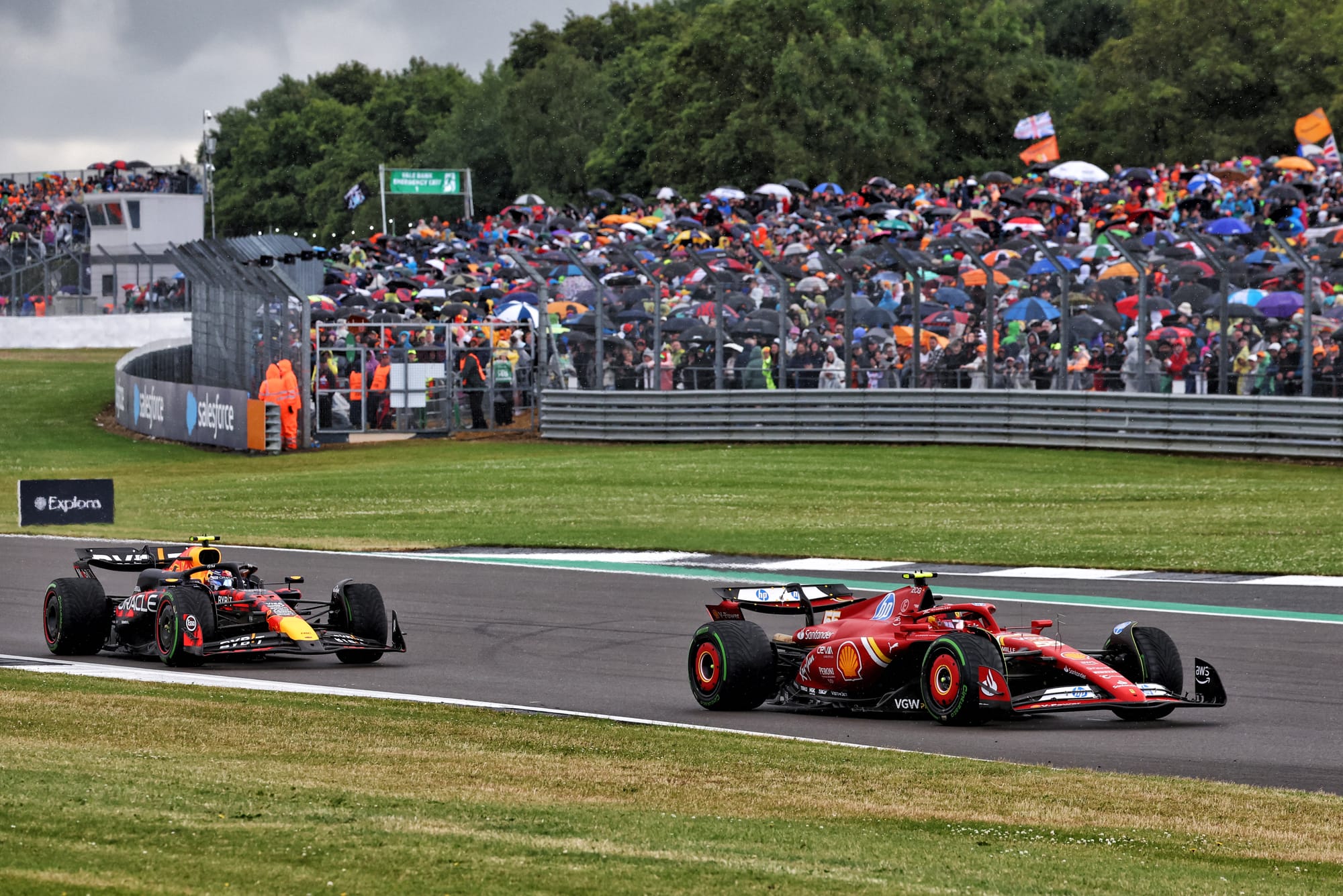
You might interpret this as Sainz being lazy and counter that it’s the driver’s job to know what they can and cannot do and judge accordingly. The trouble is, the drivers already have a very clear sense of how things should be done on track that’s been refined through years of experience both in F1 and on their way to the top.
Motorsport is dynamic. Two high-velocity machines are sharing the same piece of track, with what is or is not acceptable in their behaviour shaped by the location of the other car relative to them and the circuit itself, as well as their relative trajectories and dozens of other factors.
You can lay out how much overlap a car should have to be entitled to make a move, but it doesn’t describe every single possible set of conditions. It’s the same problem sports like football have hit in enforcing with great precision rules - such as the offside rule - that were conceived to be imprecise.
There is always some grey area to be negotiated, that’s unavoidable, and it’s partly a consequence of the fact that there must be some give and take on track in order for both cars to get around without contact.
It’s the only way that motor racing works. Too often, drivers have a sense of certainty and entitlement in the moves they launch created by the rules. Shorn of their sense of responsibility when it comes to assessing risk versus reward, it creates too many incidents.
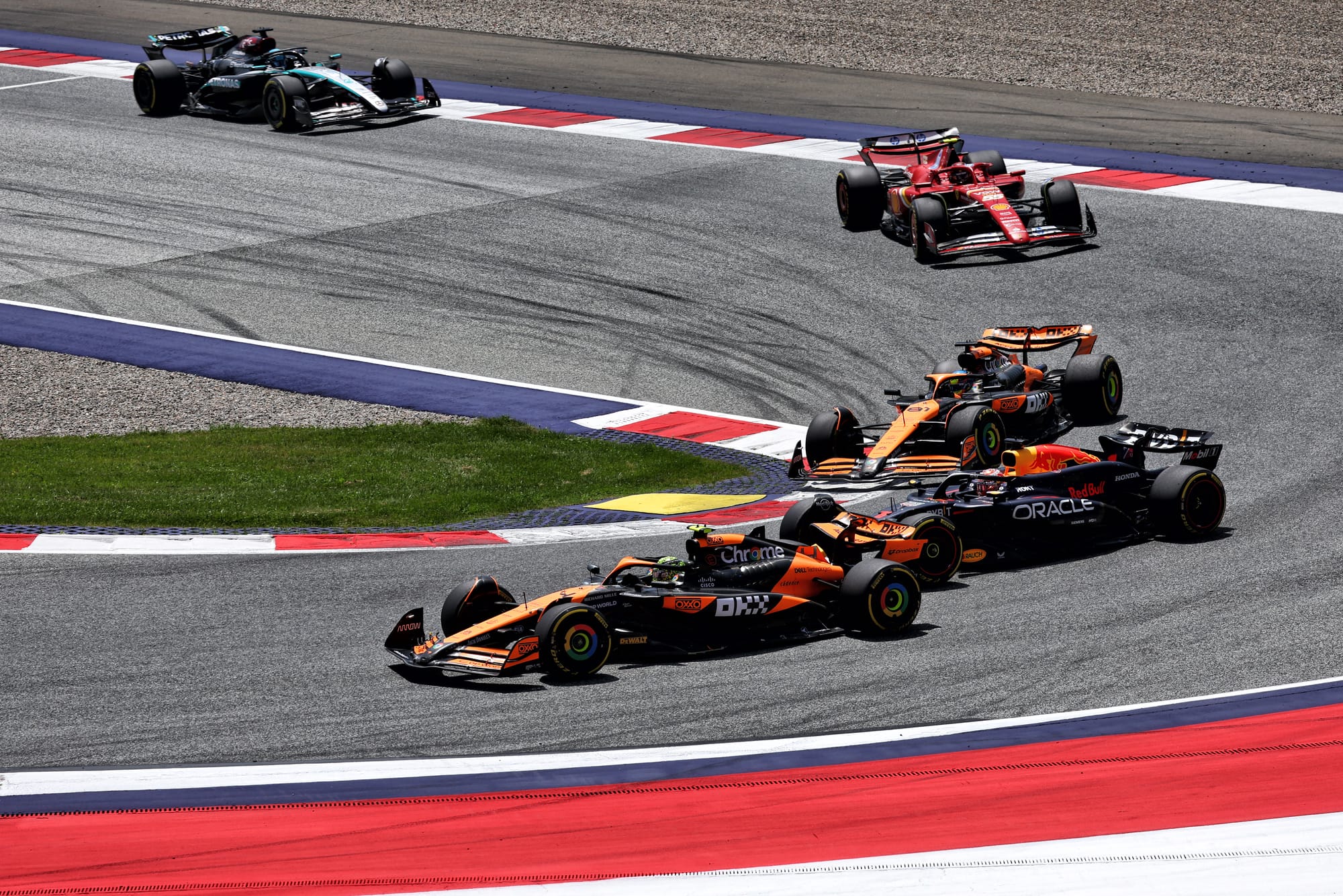
Precise rules create absolute certainty and remove much of the artistry of wheel-to-wheel racing. Drivers can convince themselves they are on the right or wrong side of a thin line based on tiny differences, which is unmeasurable at the moment.
That’s why F1 would be far better served by a more heuristic approach that leans on the accumulated experience and knowledge of the drivers involved. In short, make the drivers take responsibility.
To make this work will need some other changes. A permanent professional stewarding panel - or at least a very small pool that can be rotated - would be required to create sufficiently consistent policing.
This also offers the chance to reduce the number of penalties issued, ideally only to the most egregious offences, along with a modification of the superlicence penalty points system to keep repeat offenders under control.
The penalty points system has also been corrupted by the desire for consistency. There’s a tariff of points for each penalty and these are blindly awarded, meaning the absurd situation of drivers flirting with bans for an accumulation of relatively low-level offences.
This can also be used to allow for the fact that there will be clashes on track sometimes. For example, perhaps Verstappen shouldn’t have been given a time penalty in Austria but instead given some penalty points. Commit such an offence a certain number of times and you will get a well-earned ban.
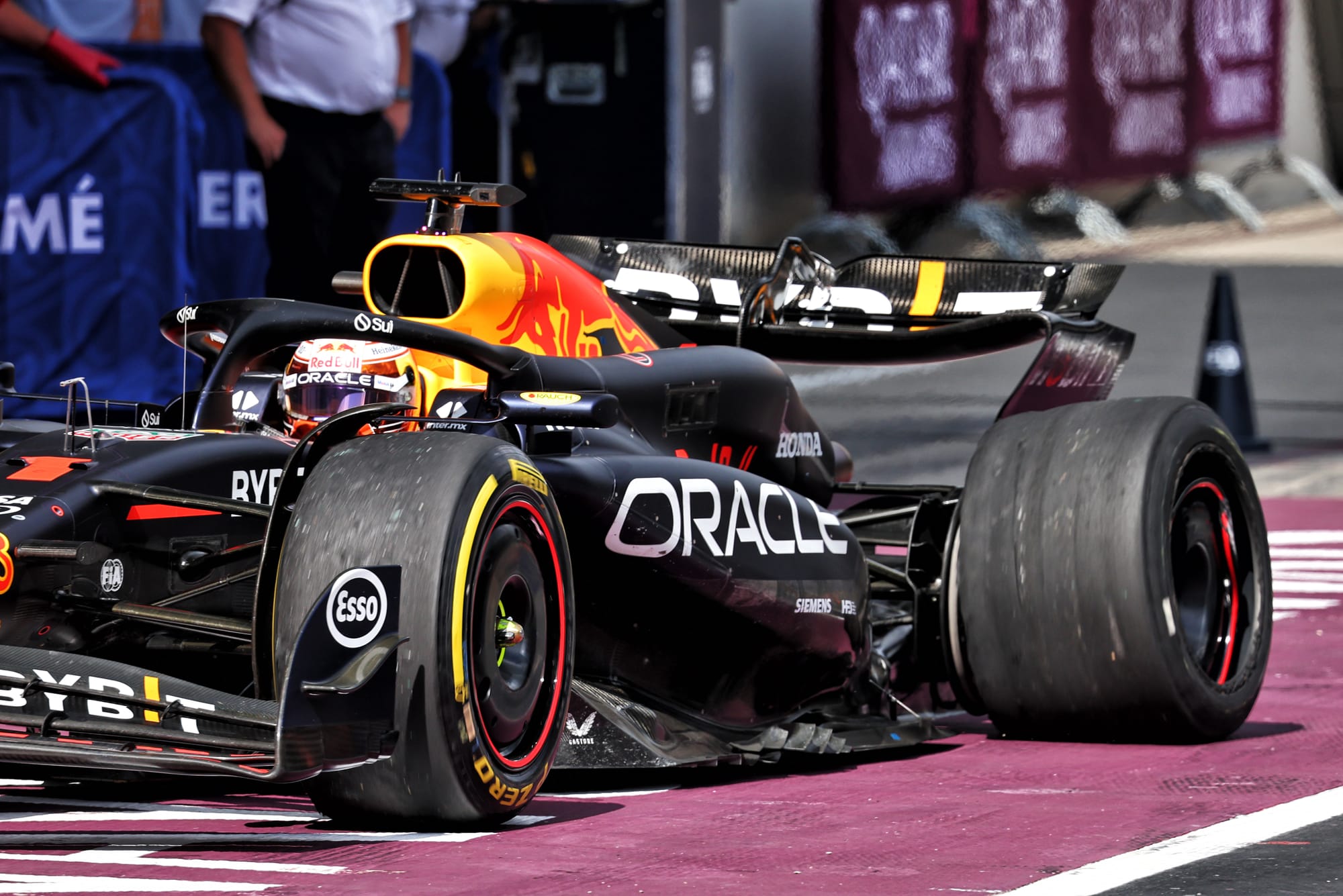
This will also allow stewards to use some discretion in whether a penalty is necessary and its magnitude. And contrary to the laudable aim that outcome shouldn’t be factored in, the concept of reparatory justice means that actually it should be.
No two incidents in motorsport are truly the same. Any system of policing needs to allow for honest mistakes and differentiate them from dangerous driving, while also punishing repeat offenders.
A paradigm shift is required, otherwise on-track enforcement will get ever more fiddly to the point where wheel-to-wheel racing doesn’t really work any more and becomes more of a series of conditional boxes to tick.
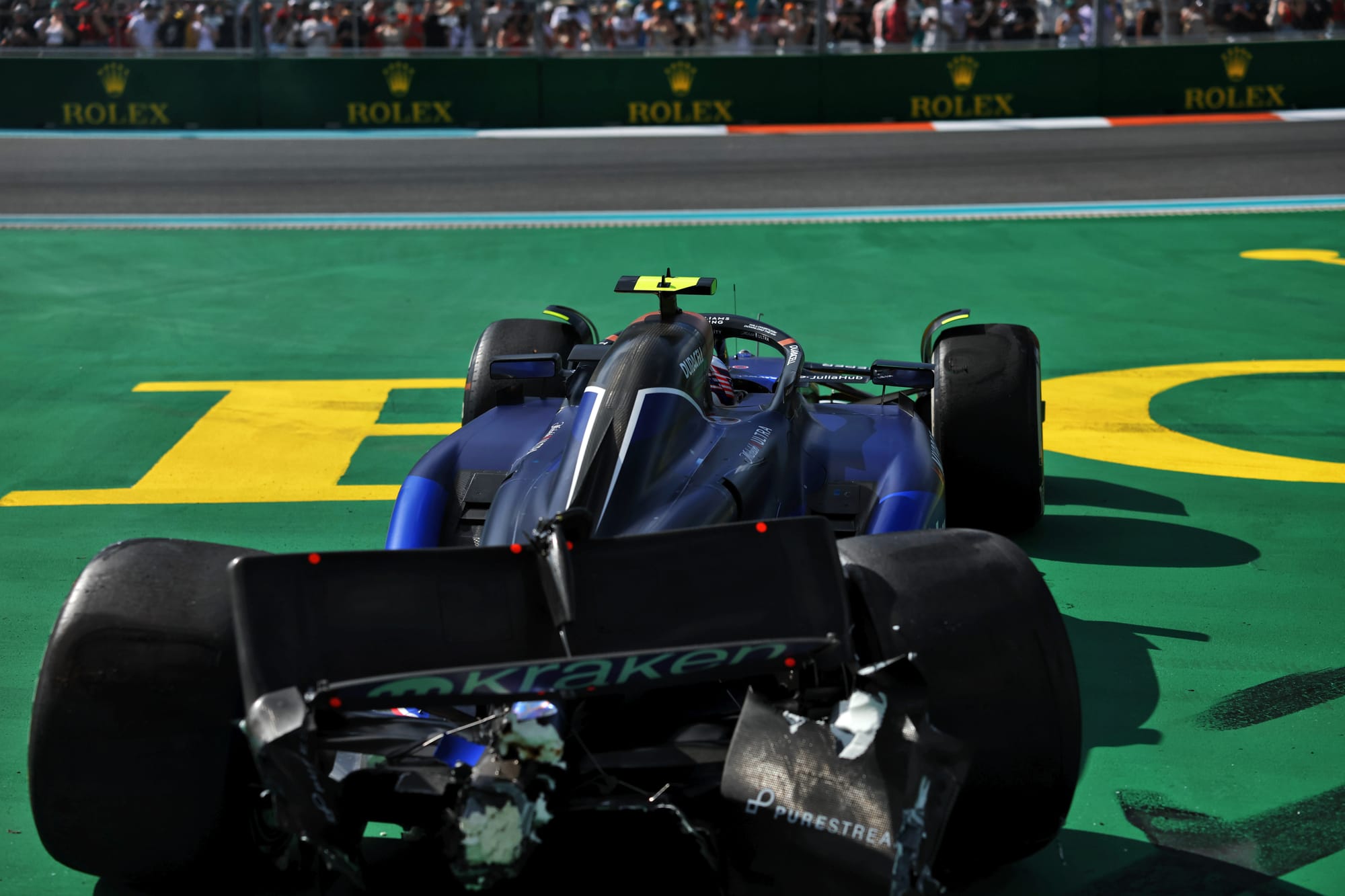
The best way to do that is to make the drivers, rather than the rules, responsible and create a system of stewarding that allows experienced racing people to penalise where appropriate but, more importantly, shape the on-track behaviour off track.
You will never please everyone. Drivers will always be certain of their own righteousness and their rival’s crime after a clash. Fans will endlessly disagree about outcomes.
But only with a paradigm shift that’s difficult to implement - but by far the most elegant solution for the endless dynamic situations that arise on a racetrack - can wheel-to-wheel racing in F1 really be made to work.

